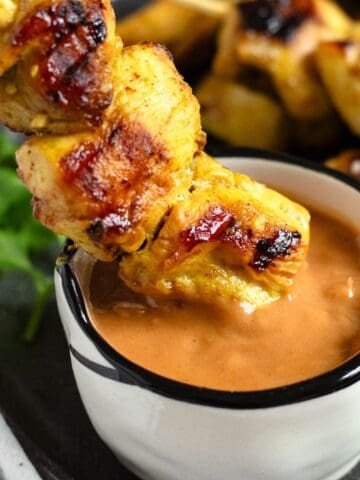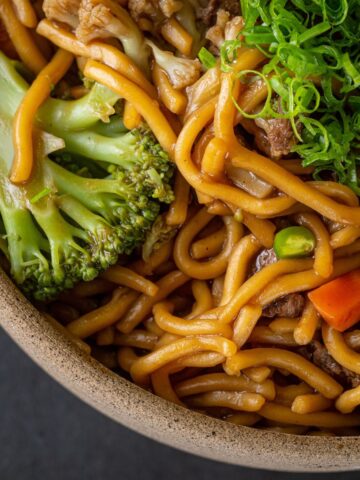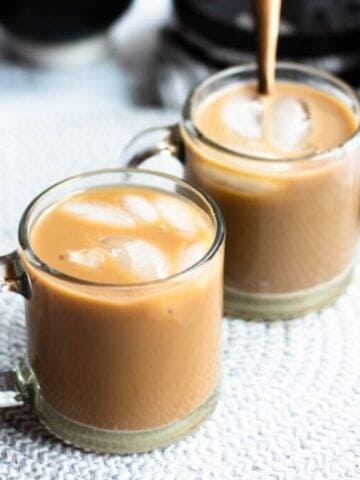Thailand Country Introduction and Recipes
Fun Facts
-
Thailand is the only Southeast Asian country never colonized by a European power.
-
It’s known as the "Land of Smiles" because of the Thai people's welcoming and friendly nature.
-
Thailand is home to over 40,000 temples (known as wats).
-
The world-famous Siamese cats originated in Thailand.
-
Songkran, the Thai New Year, is celebrated with massive, joyful water fights across the country.
About the Flag
Thailand’s flag features five horizontal stripes: red, white, blue, white, and red again. The colors are rich in meaning: Red represents the nation and its people, white stands for religion (especially Buddhism), and blue symbolizes the monarchy. The design reflects the deep connection between the Thai people, their faith, and their king.
Influence on the Food
Thai cuisine has been shaped by centuries of trade and cultural exchange. Influences from China, India, and neighboring Southeast Asian countries are blended with Thailand’s native traditions. Chinese stir-frying and noodle dishes, Indian curries, and tropical Southeast Asian ingredients like coconut and lemongrass all play key roles in Thai food today.
Flavors of the Food
Thai food is known for its bold and balanced flavor combinations:
-
Sweet, sour, salty, bitter, and spicy flavors are harmoniously layered in each dish.
-
Fish sauce, lime juice, sugar, and chili are cornerstones of seasoning.
-
Fresh herbs like basil, cilantro, and mint add brightness.
-
Coconut milk brings richness to many curries and soups.
-
Dishes often offer a contrast of textures, with crunchy vegetables, tender meats, and soft noodles or rice.
Food Culture
Food in Thailand is deeply social — it's a way of bringing people together. Meals are often communal, with multiple dishes shared among everyone at the table. Thai culture embraces street food, and bustling markets serve fresh, flavorful meals to locals and visitors alike. Eating is seen as a joyful, frequent part of daily life, often with several small meals and snacks throughout the day.
Dining Style
Thai meals are typically a mix of dishes served all at once — soups, salads, curries, stir-fries, and rice — rather than in separate courses. Diners use forks and spoons, with the spoon being the primary eating utensil and the fork used to push food onto the spoon. Sharing dishes is the norm, and meals are carefully balanced to include a variety of flavors and textures.





